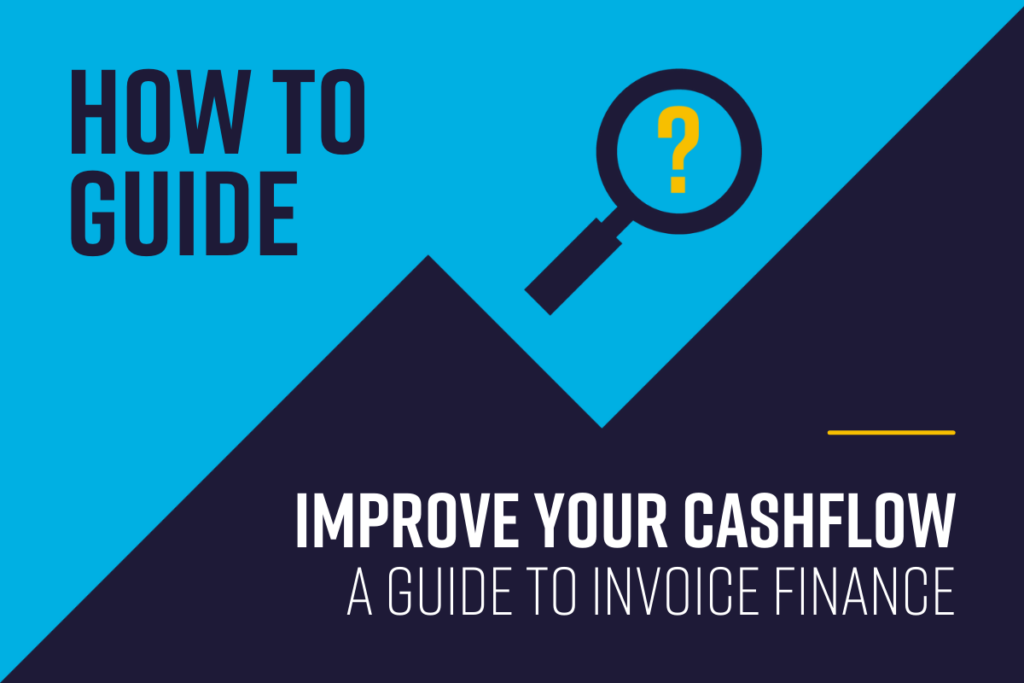According to the FSB, at the start of 2020 there were 5.94 million small businesses in the UK, accounting for 99.9% of the business population. SMEs account for three fifths of the UK employment (16.8 million) and around half of the turnover in the UK private sector (£2.3 trillion). So it’s clear to see why SMEs are referred to as the backbone of the UK economy (source: UK Small Business Statistics | FSB, The Federation of Small Businesses)
The Recovery of UK SMEs
The pandemic has meant that small businesses have had to adapt and innovate in order to survive the economic impact and disruption, with many businesses having to close their doors.
However the latest research from Paragon Bank paints an optimistic picture of recovery. The survey revealed that 54% of UK SMEs have already either met or exceeded pre-pandemic turnover levels, with more than nine in ten feeling positive about their post-COVID recovery.
One in five SMEs (22%) have now exceeded pre-COVID turnover levels, while 31% are now matching pre-pandemic figures. Of those still working towards pre-pandemic recovery, 31% predict they will reach pre-COVID levels ‘soon’ while only one in seven (16%) still perceive their path to recovery as ‘uncertain’.
Positive sentiment was resoundingly high amongst SMEs, increasing from 86% in September 2020 to 92% at the end of May. A quarter of businesses (24%) anticipate their business recovery will exceed pre-COVID levels, marking an increase of 10 percentage points since September. Four in ten predict they will remain ‘as strong’, which also represents a 10 percentage points increase from 30% in September 2020 (source: Paragon Banking Group)
How to Improve your Cashflow
According to this research, the biggest challenge of the pandemic for SMEs was cashflow levels, with 58% of SMEs having experienced cashflow issues. Loss of profit was the second most common challenge, experienced by 53% of SMEs, followed by late payments, which impacted one in three (34%) (source: Paragon Banking Group)
Managing cashflow is critical to the success of any business. If a common problem for your business is that you find yourself waiting to be paid after issuing invoices for goods or services or your managing late payments, invoice finance is a flexible funding solution designed to help your business grow.
Invoice Finance Explained
A business sells their unpaid invoices to a funder for a percentage of their value. The existing invoices serve as security for the lender, who then provides the borrower with a percentage of the outstanding invoices upfront, as a loan.
This advance enables the business to leverage their sales ledger, increasing the cash moving through the company and injecting cash into their working capital.
Factoring vs Invoice Discounting
There are 2 types of invoice finance products: factoring and invoice discounting, the biggest difference being who collects the customer payments. Each allows you to release a large proportion of an invoice value within 24 hours of its issue. Then, once your customer has made their payment, the remaining balance is paid to you, minus any fees.
Factoring is an attractive option for smaller businesses whose resource would be better spent on day-to-day activities. The funder collects your outstanding invoices so your time is freed up to concentrate on running your business.
Invoice Discounting is similar to factoring in that it gives you access to cash as you issue new invoices. However, a key difference is that you’ll be responsible for collecting your payments, while your use of an invoice finance product will be kept completely confidential from your customers.
How Does Invoice Finance Work
Let us explain in 5 simple steps:

1. You continue your business as usual and invoice your clients/customers for completed goods and/or services

2. You then upload invoice details to your funding provider (some can link directly to your accountancy software)

3. The provider pays you an agreed percentage of the invoice value (typically up to 90%), often within 24 hours

4. Depending on the type of agreement, either the funder will contact your customer on your behalf (factoring) or you will do this yourself to confirm invoice details and a payment date

5. Your customer pays the funder the invoice value in full, or into a trust account in your name, and you receive the remainder of the invoice amount, minus any agreed fees.
The Benefits of Invoice Finance
Here are some of the main reasons why businesses are choosing this funding option.

Improved Cashflow without the debt

Outsource your sales ledger management (credit control, account reconciliation) to free up time, if you choose factoring

Seize new opportunities for growth due to a boost in cashflow

Quick access to funds

Flexibility to choose how much money you need and how often
If you need instant funding for unpaid invoices, speak to the team to understand how invoice finance can help improve your cashflow or provide an immediate injection of cash.



